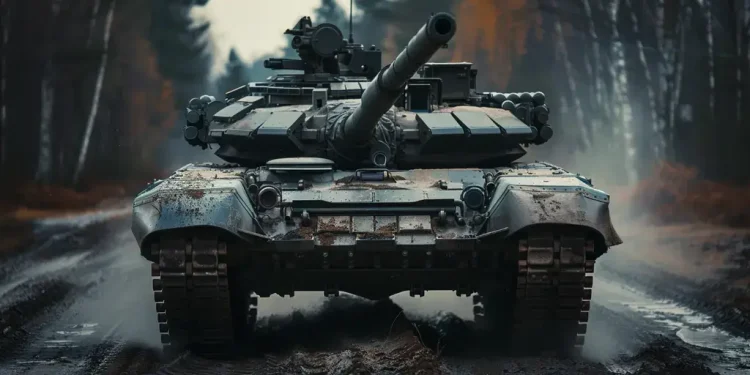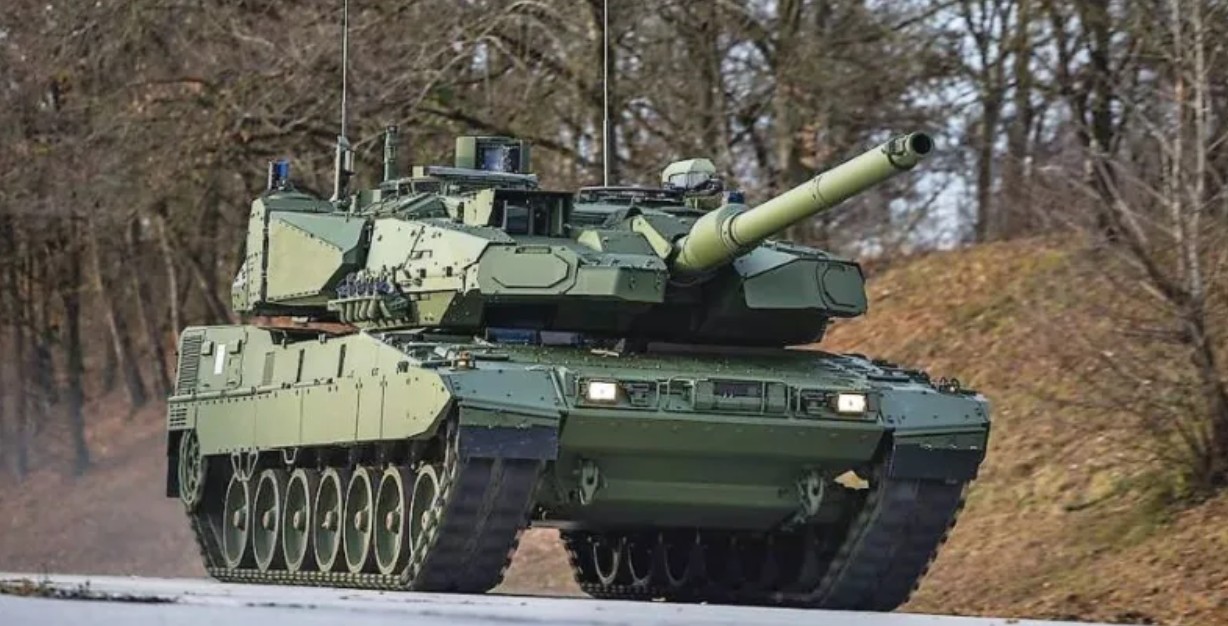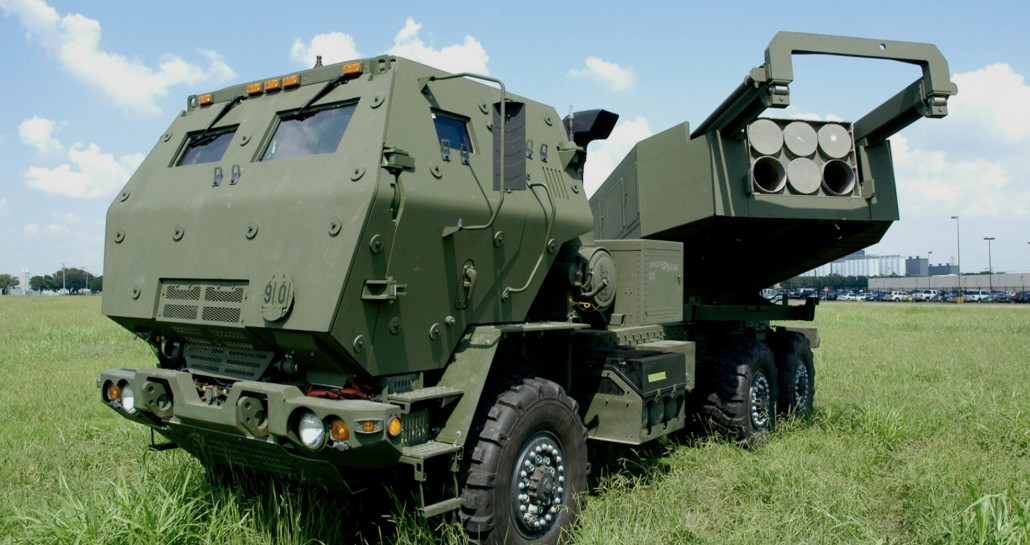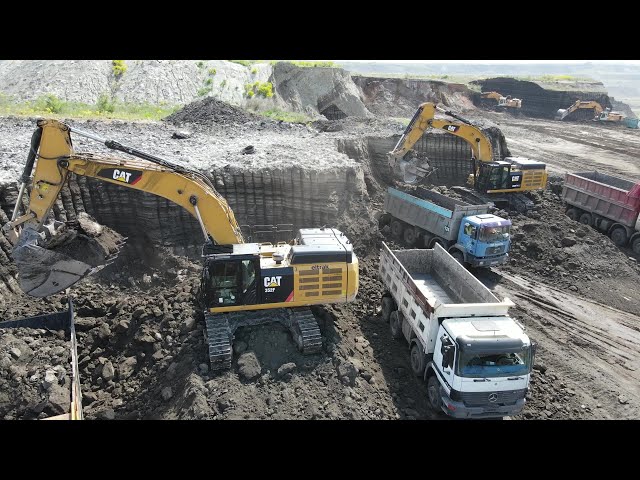The Evolution of Tank Armour
Tank armour has undergone significant changes since the first tanks were introduced during World War I. Originally, tank armour consisted of simple steel plates that provided basic protection against small-arms fire and shrapnel. As the technology of weaponry advanced, so did the requirements for more robust and sophisticated armour.
During World War II, the increase in the use of anti-tank weapons led to the development of sloped armour. This innovation helped deflect incoming rounds, thus enhancing the tank’s survivability. The iconic T-34 and Panther tanks are prime examples of this advancement.
Types of Tank Armour
Modern tanks use a variety of armour systems designed to defeat different threats. Here are some of the most prominent types:
- Composite Armour: Often comprising layers of different materials such as metals, ceramics, and plastics. This type of armour benefits from the properties of each layer, providing excellent protection without significantly increasing weight.
- Explosive Reactive Armour (ERA): Consists of tiles that explode outward when hit, neutralizing the incoming projectile’s kinetic energy.
- Spaced Armour: Features two plates separated by a space, intended to expend the energy of the incoming projectile before it reaches the main hull.
- Active Protection Systems (APS): Detect and intercept incoming projectiles using a range of countermeasures like radar and small explosive charges.
The Importance of Armour Design
The design of tank armour is not just about adding as much metal as possible. Engineers need to consider various factors, including weight, mobility, and the type of threats that the tank will likely face. A well-designed tank will have a balanced approach to these factors, enabling it to perform effectively in a range of combat situations.
Weight is a significant concern, as heavier armour can reduce a tank’s speed and maneuverability. This is particularly important for modern armed forces that prioritize rapid deployment and flexibility on the battlefield. Materials like composite armour help to mitigate this issue, offering high levels of protection without adding excessive weight.
Future Trends in Tank Armour
Technology continues to evolve, and the future of tank armour looks promising. One area of research involves implementing next-generation materials such as graphene and carbon nanotubes, which offer remarkable strength and durability. These materials could potentially revolutionize the design and effectiveness of armour systems.
Another exciting development is the integration of artificial intelligence (AI) and sensors into active protection systems. These advancements will allow tanks to automatically detect and respond to incoming threats more efficiently, significantly enhancing battlefield effectiveness.
Notable Specifications
Below is a table showcasing the specifications of some of the world’s most renowned tanks and their armour systems:
| Tank Model | Armour Type | Primary Threats | Defensive Features |
|---|---|---|---|
| M1 Abrams | Composite, ERA | APFSDS, HEAT | Active Protection System |
| Leopard 2 | Composite, Spaced Armour | APFSDS, HEAT | Modular Armour |
| T-14 Armata | Composite, ERA | APFSDS, ATGMs | Afghanit Active Protection System |
Understanding the advancements in tank armour is crucial for both military professionals and enthusiasts. From its early days of simple steel plating to today’s complex composite and reactive systems, the evolution of tank armour showcases remarkable technological progress. With emerging innovations on the horizon, the future promises even more groundbreaking developments in the field of military defence.









